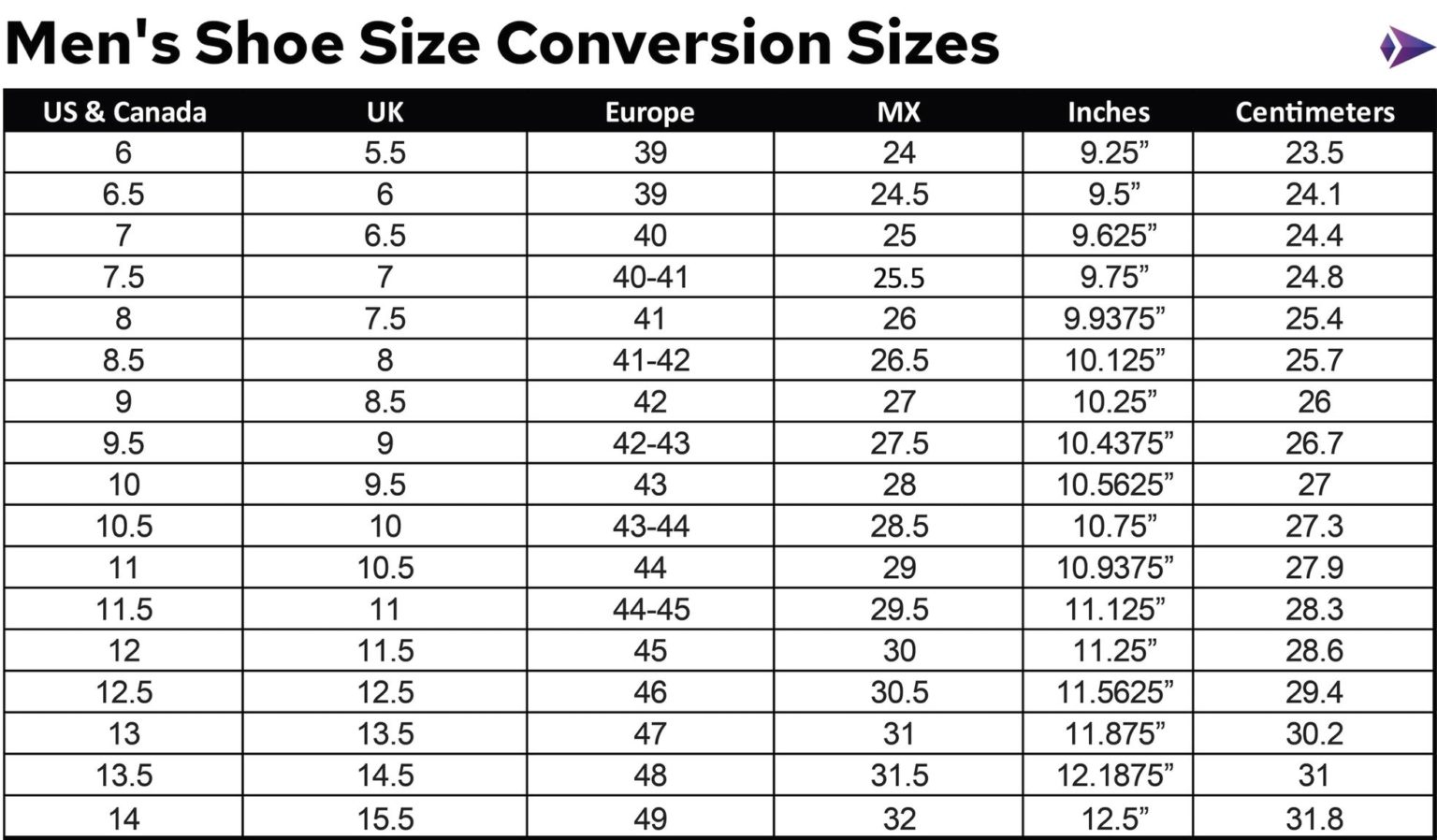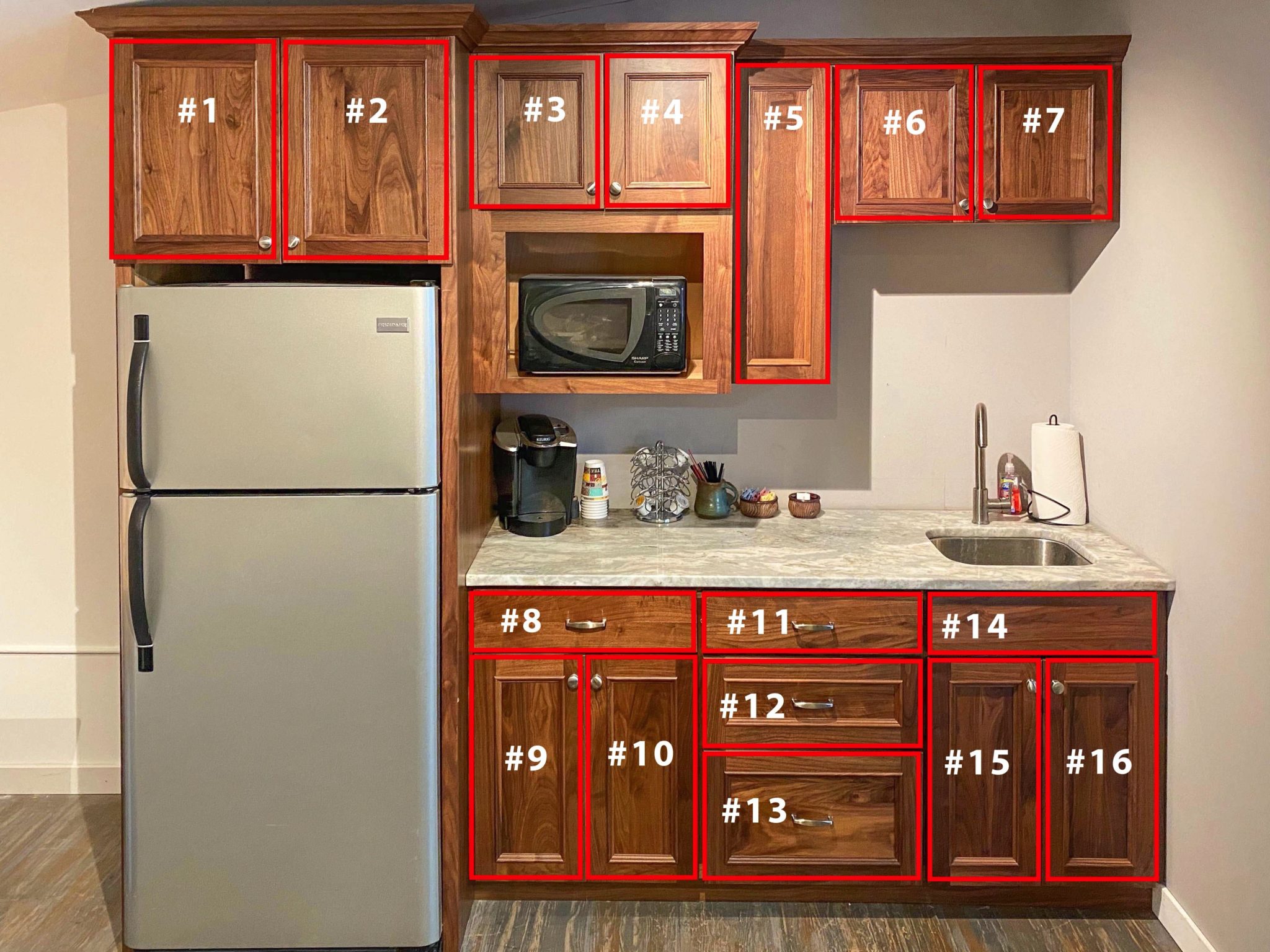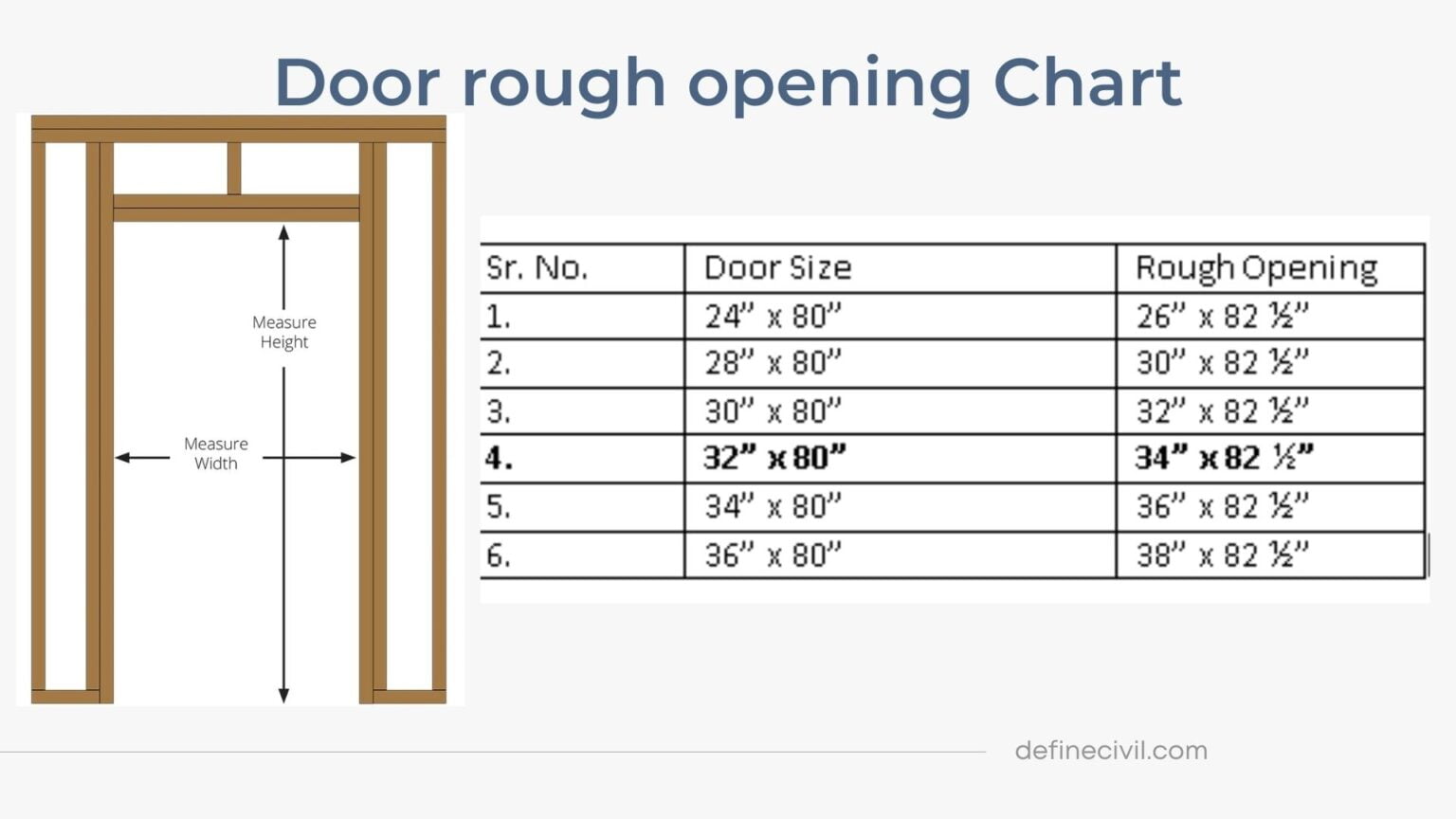Understanding Cabinet Door Sizes and Openings: Cabinet Door Size Vs Opening

Cabinet doors and openings are crucial elements in kitchen and bathroom design, influencing functionality and aesthetics. Understanding the difference between door size and opening size is essential for ensuring a seamless fit and smooth operation.
Standard Measurements for Cabinet Doors and Openings
Standard measurements for cabinet doors and openings are crucial for ensuring a consistent fit and functionality. These measurements are based on industry practices and provide a framework for cabinet manufacturers and installers.
- Cabinet Door Size: The size of a cabinet door is typically measured by its width and height. For example, a 12-inch wide door would have a width of 12 inches, and a 30-inch tall door would have a height of 30 inches.
- Cabinet Opening Size: The opening size, also known as the rough opening, refers to the space within the cabinet frame where the door is installed. The opening size should be slightly larger than the door size to allow for clearance and proper operation.
The standard opening size is typically 1/2 inch larger than the door size in both width and height. For example, a 12-inch wide door would require a 12.5-inch wide opening, and a 30-inch tall door would require a 30.5-inch tall opening.
Common Cabinet Door and Opening Sizes
Different types of cabinets require different door and opening sizes to accommodate their specific functions and storage needs.
- Base Cabinets: Base cabinets are typically 34.5 inches tall, with door sizes ranging from 12 inches to 24 inches wide. The standard opening size for base cabinets is 35 inches tall and 12.5 inches to 24.5 inches wide.
- Wall Cabinets: Wall cabinets are typically 30 inches tall, with door sizes ranging from 12 inches to 36 inches wide. The standard opening size for wall cabinets is 30.5 inches tall and 12.5 inches to 36.5 inches wide.
- Tall Cabinets: Tall cabinets, also known as pantry cabinets, can range from 84 inches to 96 inches tall. Door sizes vary depending on the height and width of the cabinet. The standard opening size for tall cabinets is 84.5 inches to 96.5 inches tall and 12.5 inches to 36.5 inches wide.
Factors Influencing Cabinet Door Size and Opening

The size of a cabinet door and the opening it needs to fit in are determined by several factors. Understanding these factors is crucial for achieving a functional and aesthetically pleasing design. These factors can vary depending on the type of cabinet, its intended use, and the overall design of the space.
Cabinet Style
Cabinet style significantly influences door size and opening. Different cabinet styles have distinct design features that affect their dimensions. For example, traditional cabinets often feature larger doors with more ornate detailing, while modern cabinets tend to have simpler designs with smaller doors.
- Framed Cabinets: Framed cabinets typically have larger doors due to the additional space required for the frame. The frame adds to the overall width of the door, necessitating a wider opening.
- Frameless Cabinets: Frameless cabinets, on the other hand, have doors that fit directly into the cabinet box, eliminating the need for a frame. This allows for smaller doors and narrower openings.
- Inset Cabinets: Inset cabinets have doors that sit flush with the cabinet face, requiring a precise fit and slightly larger openings to accommodate the door’s movement.
- Overlay Cabinets: Overlay cabinets have doors that overlap the cabinet face, allowing for a wider range of door sizes and requiring a slightly smaller opening compared to inset cabinets.
Hinge Type
The type of hinges used for a cabinet door can impact the required opening size.
- Full Overlay Hinges: Full overlay hinges are designed to allow the door to completely cover the cabinet face, requiring a larger opening to accommodate the full door swing.
- Semi Overlay Hinges: Semi overlay hinges allow the door to partially cover the cabinet face, resulting in a smaller opening compared to full overlay hinges.
- Inset Hinges: Inset hinges are used for cabinets with doors that sit flush with the cabinet face, requiring a precise opening size to ensure the door sits flush without any gaps.
Drawer Configuration
The configuration of drawers within a cabinet can influence the size of the cabinet door and opening.
- Single Drawer Cabinets: Cabinets with a single drawer typically have larger doors to accommodate the full width of the drawer.
- Multiple Drawer Cabinets: Cabinets with multiple drawers may have smaller doors, with each door covering a portion of the drawer stack.
Door Thickness
The thickness of the cabinet door is another crucial factor influencing the required opening size.
Thicker doors require wider openings to allow for sufficient clearance for the door to swing open and close smoothly.
For example, a standard cabinet door thickness of 3/4 inch might require an opening that is 1/2 inch wider than the door itself, while a thicker door might require an opening that is 1 inch wider.
Application
The intended use of the cabinet can also influence the size of the door and opening. For example, kitchen cabinets typically have larger doors to accommodate bulky items, while bathroom cabinets may have smaller doors for more compact storage.
- Kitchens: Kitchen cabinets often have larger doors to accommodate items like pots, pans, and appliances. The doors may also need to be strong enough to support heavier items.
- Bathrooms: Bathroom cabinets typically have smaller doors to fit into tighter spaces and to provide easy access to toiletries and other bathroom necessities.
- Closets: Closet doors may vary in size depending on the size of the closet and the items being stored. Some closets may have larger doors to accommodate bulky items, while others may have smaller doors for more efficient use of space.
Practical Applications of Cabinet Door Size and Opening Knowledge

Understanding the relationship between cabinet door size and opening size is crucial for achieving a functional and aesthetically pleasing kitchen or bathroom. This knowledge allows you to select the right cabinet doors for your space, ensuring they open and close smoothly without interference.
Cabinet Door Size and Opening Relationship, Cabinet door size vs opening
The relationship between cabinet door size and opening size is fundamental for cabinet functionality. The door should fit within the opening, leaving enough clearance for smooth operation.
- Cabinet Type: Different cabinet types have varying door sizes and opening dimensions. For example, base cabinets typically have larger doors than upper cabinets.
- Door Style: The style of the cabinet door can influence the required opening size. Doors with decorative features, such as raised panels or moldings, may require a larger opening to accommodate the added depth.
- Door Hinge Type: The type of hinges used on the cabinet door can affect the required opening size. Some hinges require a wider opening than others.
Optimizing Cabinet Door Size and Opening for Functionality
To optimize cabinet functionality, consider the following:
- Accessibility: Ensure that the cabinet door opens wide enough to allow easy access to the contents.
- Clearance: Leave sufficient clearance between the door and any obstacles, such as appliances or countertops.
- Traffic Flow: Consider the traffic flow in the kitchen or bathroom when planning cabinet door openings. Ensure doors do not obstruct walkways or create safety hazards.
Measuring Cabinet Door Size and Opening for Replacement or Installation
Accurately measuring the cabinet door size and opening is essential for successful replacement or installation.
- Measuring the Cabinet Door:
- Use a tape measure to measure the width and height of the cabinet door.
- For hinged doors, measure the distance between the hinges to ensure the new door will fit correctly.
- If replacing an existing door, measure the width and height of the existing door to ensure the new door is the same size.
- Measuring the Cabinet Opening:
- Measure the width and height of the cabinet opening.
- Ensure the opening is large enough to accommodate the new door, leaving sufficient clearance for hinges and smooth operation.
Cabinet door size vs opening – It’s all about balance, you know? Just like you wouldn’t want a cabinet door that’s too small for its opening, you also wouldn’t want to overwhelm your bedroom with too much sparkle. To create that perfect balance, you can consider incorporating elements of shimmer and shine bedroom decor , but with a careful eye for proportion.
Think of it like a beautiful, well-fitted cabinet door – just enough to enhance the space, but not so much that it takes over. And remember, with cabinet doors, a little bit of clearance can go a long way, and the same applies to your bedroom design.
You’ve got to be precise when determining the size of your cabinet doors, leaving enough space for the opening mechanism. And when it comes to building those doors, a popular technique is using pocket screws, which offer a clean, hidden finish.
If you’re looking to learn more about this method, check out this guide on building cabinet doors with pocket screws. Remember, the final size of your door will influence the overall appearance of your cabinetry, so taking the time to get it right is essential.
